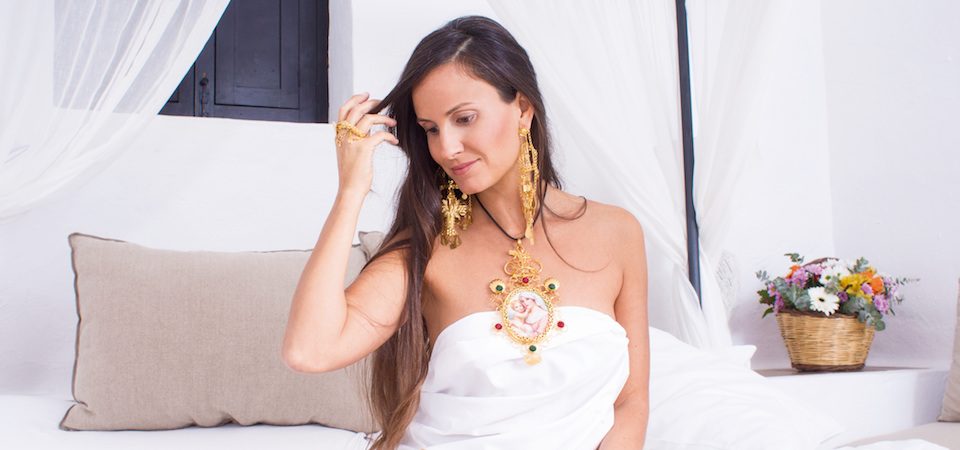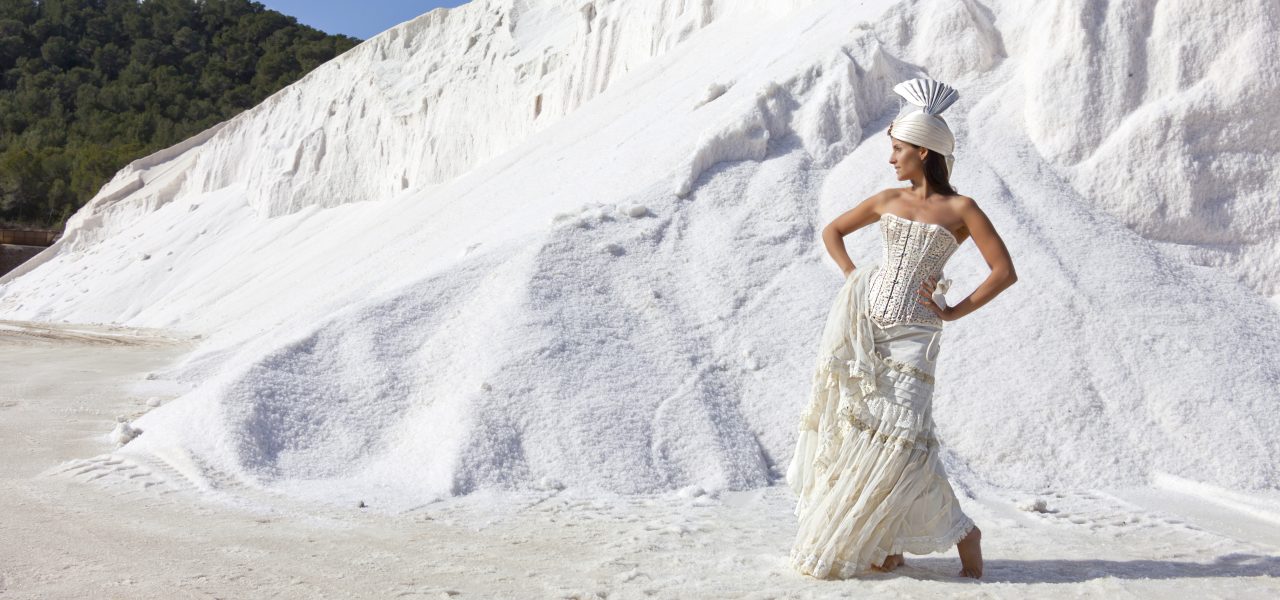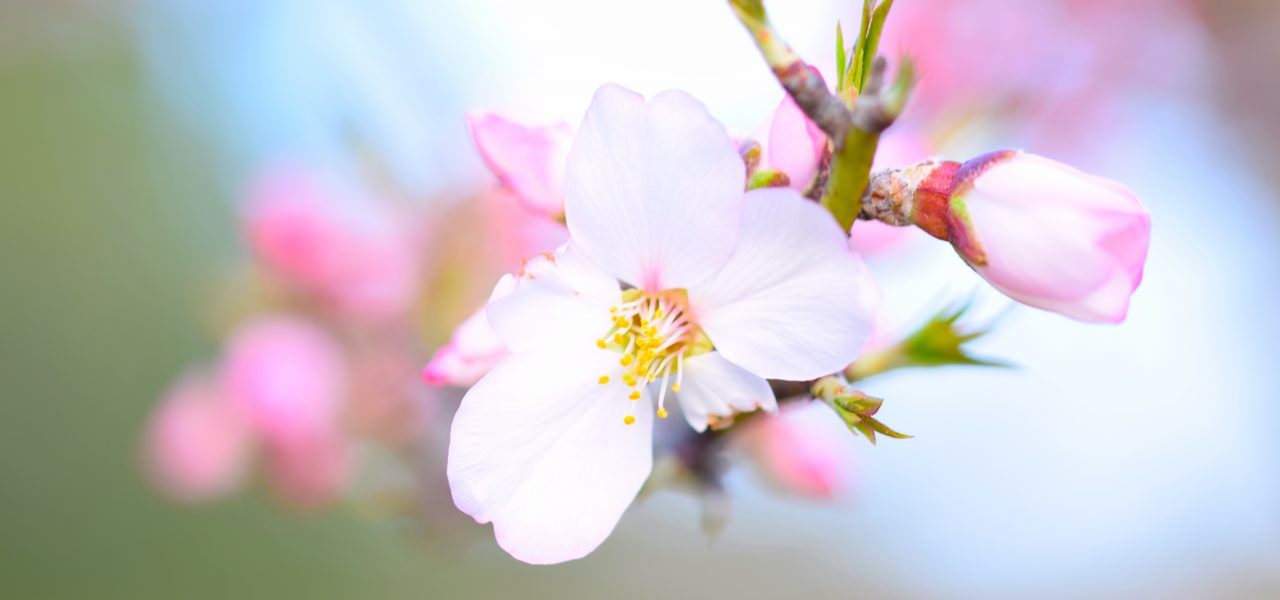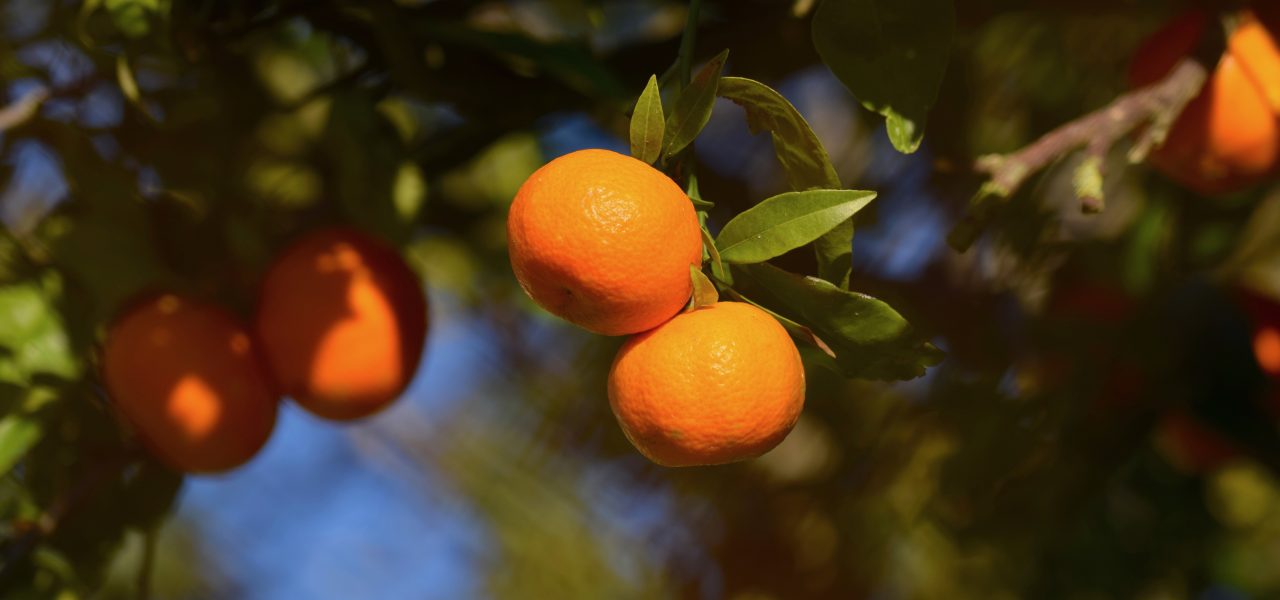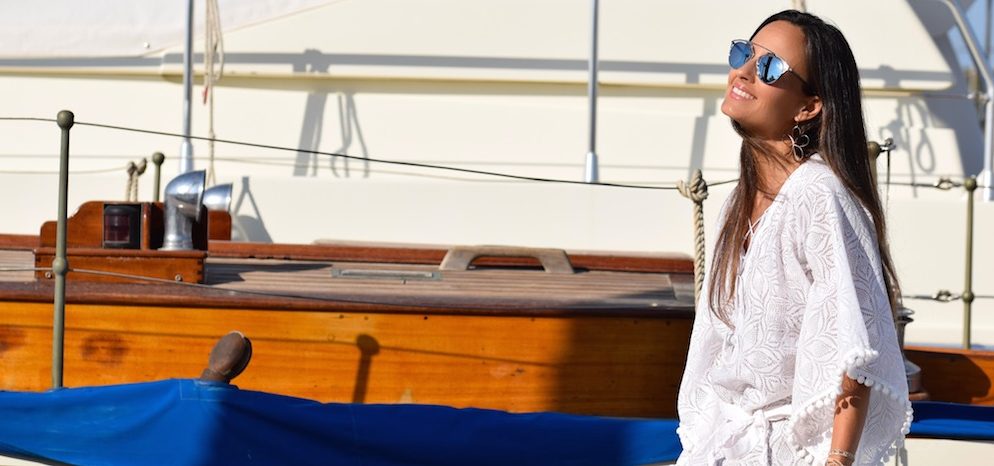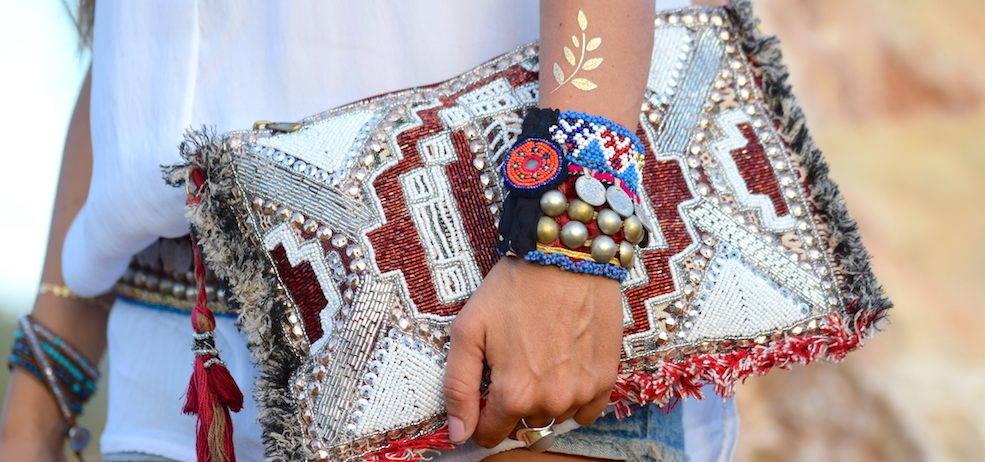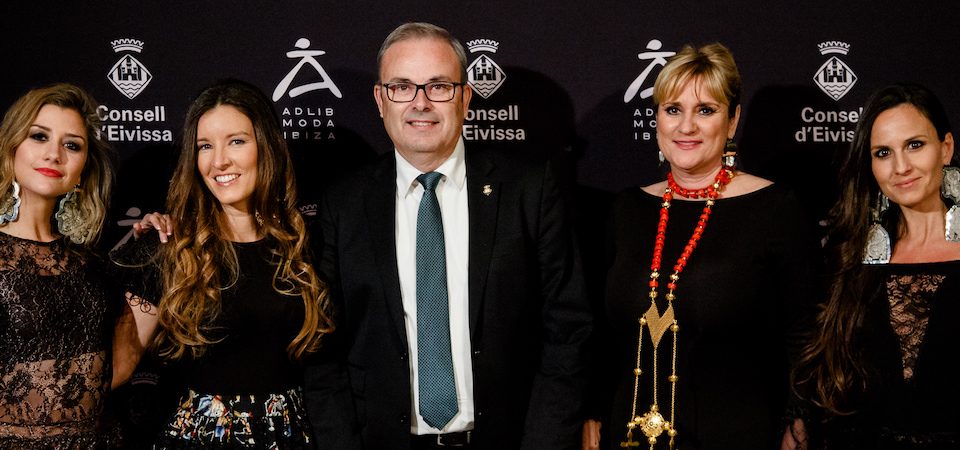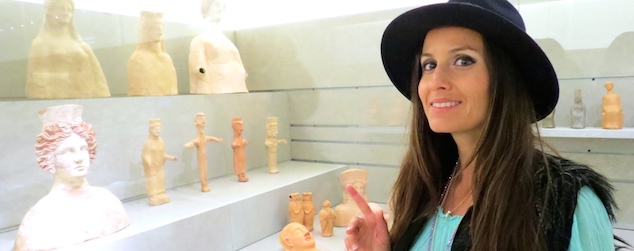Today I decided to enjoy Ibiza and its ancient origins, when a people coming from far away, from Asia Minor, called her by the name of Ibosim in honor of the god Bes.
I was looking forward to visit the Museum of the Necropolis of Puig des Molins where I had been ten years ago when it still had not been restored.
What i rememered, and i had the confirmation today, is that it is an archaeological museum of great value and interest especially regarding the Phoenician- Punic era.
The museum is located in Via Romana , just a short walk from Dalt Vila , the ancient acropolis, the city of the living beeings, near which stood precisely the Necropolis, the city of the dead .
In the ancient time there was always this connectio, lives and deads, and the two cities were always the one close to other.
Today part of a neighborhood of the new Ibiza town stands on the ground where there was precisely the ancient necropolis used from the time of the Phoenicians until the late Middle Ages, the area that today is the museum of the same name .
The museum is not big but it takes time to be seen carefully. Almost in every room there are screens with video in three languages, which tell of life, but most of all that was related to the rituals of passage towards the afterlife.
Obviously the room I most loved is the one with the different statues of the Goddess Tanit, Phoenician- Punic goddess, considered the protector of our island and that not long ago we had seen with my friend Syusy Baldy also in ancient city of Carthage, more precisely in Tophet, the holy area dedicated to the Goddess.
In one room there are also all the votive statues found in 1907 in the cave of Sa Culleram near Cala San Vicente, a place of worship of the Goddess Tanit and that you should go to visit .
I will soon write a post dedicated to it!
It’s very interesting to observe a good amount of Egyptian amulets , such as those in the shape of Udjat better known as the Eye of Horus , numerous beetles and a wonderful gold pendant in the shape of Sekhmet, the lion goddess with the solar disk . Wonderful !!!
After seeing the interior part of the museum we visit a part of the necropolis and enter into what is called the ‘ underground Mula , where you can see how the different rooms were built with the sarcophagi , although the structure is not the original one due to looting in ancient times.
So if you come to Ibiza and I recommend you take a few hours to its history and visit this museum !
🙂
Questa tranquilla giornata di gennaio ho deciso di dedicarla ad Ibiza e alle sue antichi origini, quando un popolo proveniente da lontano, dall’ Asia Minore, la chiamò con il nome di Ibosim in onore del Dio Bes.
Era già da un pò di tempo che volevo tornare a visitare il museo della Necropoli del Puis des Molins dove ero già stata una decina di anni fa quando ancora non era stato restaurato.
Il mio ricordo, oggi poi confermato, era di reperti archeologici di estremo valore ed interesse soprattutto riguardanti l’ epoca fenicio- punica.
Il museo si trova in via Romana, proprio a pochi passi dalla città fortificata di Dalt Vila, diciamo l’ antica acropoli, la città dei vivi, vicino alla quale sorgeva appunto la Necropoli, la città dei morti. Nell’ antichità vi era sempre questa connessione e le due città erano sempre l’ una vicino all’ altra.
Oggi parte di un quartiere della nuova città di Ibiza sorge sul terreno dove vi era appunto l’ antica necropoli utilizzata dal tempo dei fenici fino al tardo medioevo, area che oggi costituisce il museo omonimo.
Il museo, seppur non enorme, richiede un buon tempo per essere visto con attenzione. Quasi in ogni sala vi sono schermi con video in tre lingue, che raccontano della vita, ma soprattutto di tutto ciò che era legato alle ritualità di passaggio verso l’ aldilà.
Ovviamente la sala che più ho amato è quella con le diverse statue della Dea Tanit, dea fenicio- punica, considerata la protettrice dell’ isola e che poco tempo fa avevamo visto con la mia amica Syusy Baldy anche nell’ antica città di Cartagine, più precisamente nel Tofet, zona dedicata alla Dea.
In una sala vi sono anche tutte le statuette votive ritrovate all’ inizio del secolo nella grotta di Sa Culleram vicino a Cala San Vicente, luogo di culto della Dea Tanit e che vi consiglio di andare a visitare. Farò presto un post dedicato!
E’ molto interessante poter osservare una buona quantità di amuleti di stampo egizio, come quelli con la forma dell’ Udjat meglio conosciuto come l’ occhio di Ra, numerosi scarabei e un meraviglioso ciondolo in oro a forma di Sekhmet, la dea leone con il disco solare. Meraviglioso!!!
Dopo aver visto la parte interiore del museo è possibile anche visitare una parte della necropoli ed entrare in quello che è chiamato l’ ipogeo della Mula, dove si può vedere come fossero costruite le diverse stanze con i sarcofagi, seppur la struttura non è quella originaria a causa di saccheggi in epoca antica.
Quindi se venite ad Ibiza e vi consiglio di dedicare qualche ora alla sua storia e visitare questo museo!
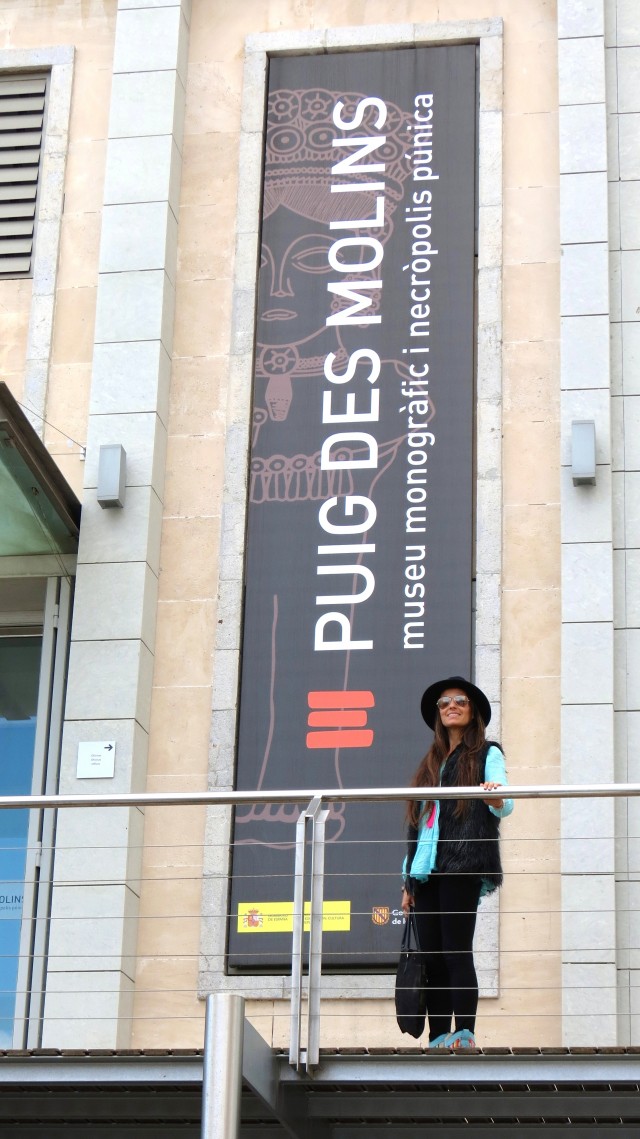
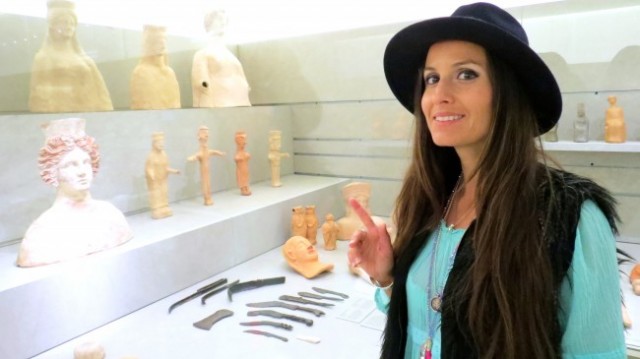
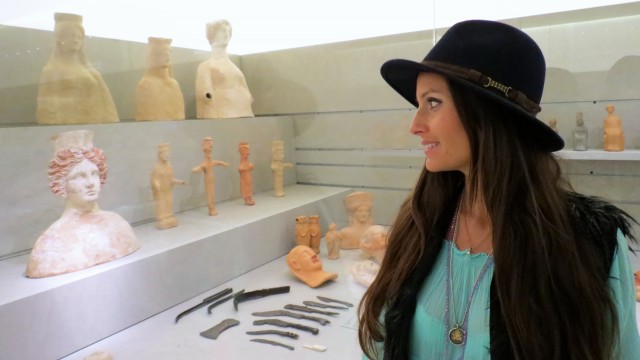
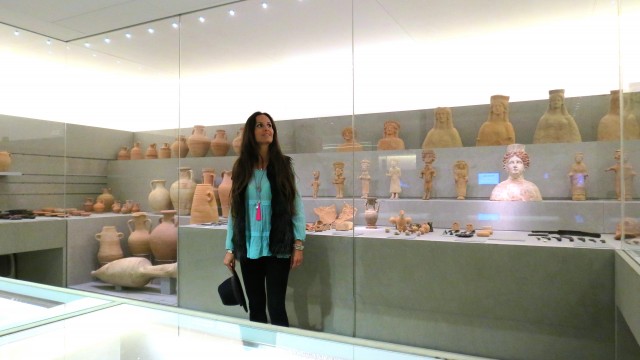
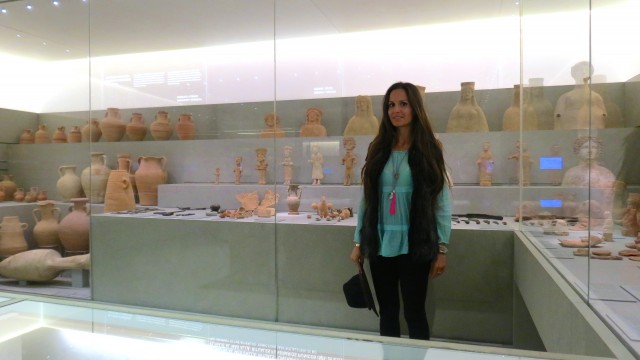
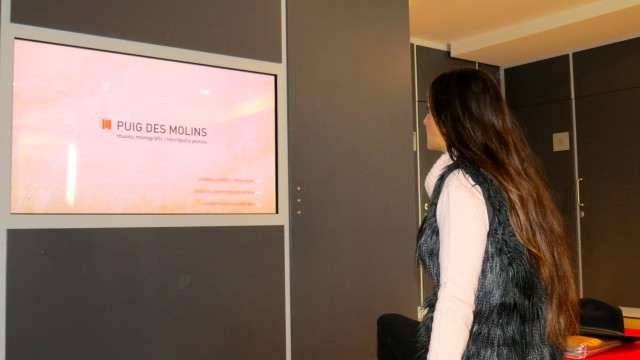
Watching one of the video located in the different halls
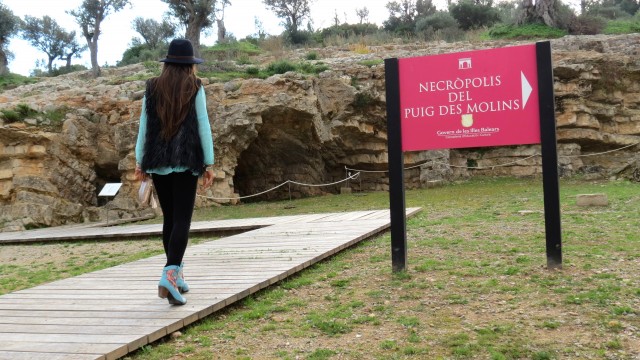
Walking around the Necropolis
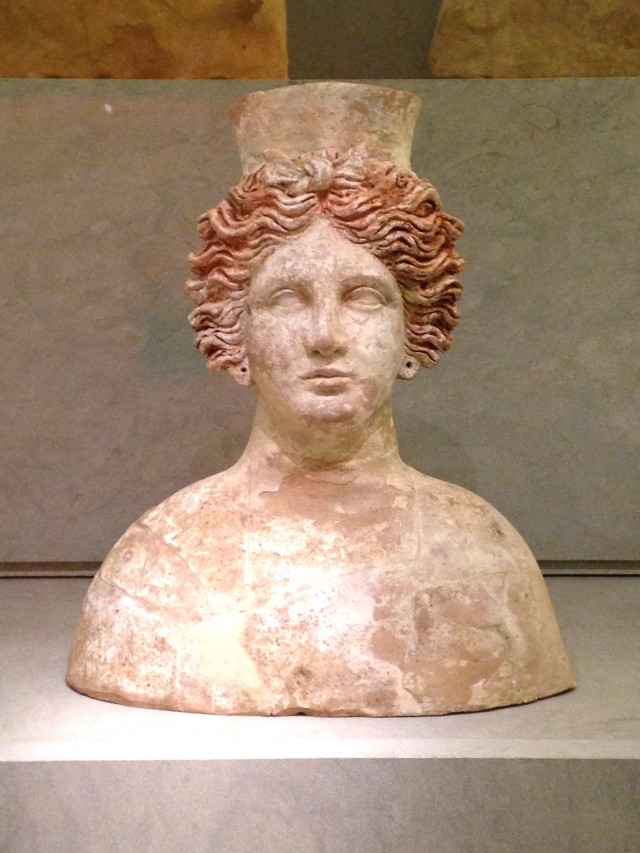
Statue probably from Sicily representing Goddess Tanit
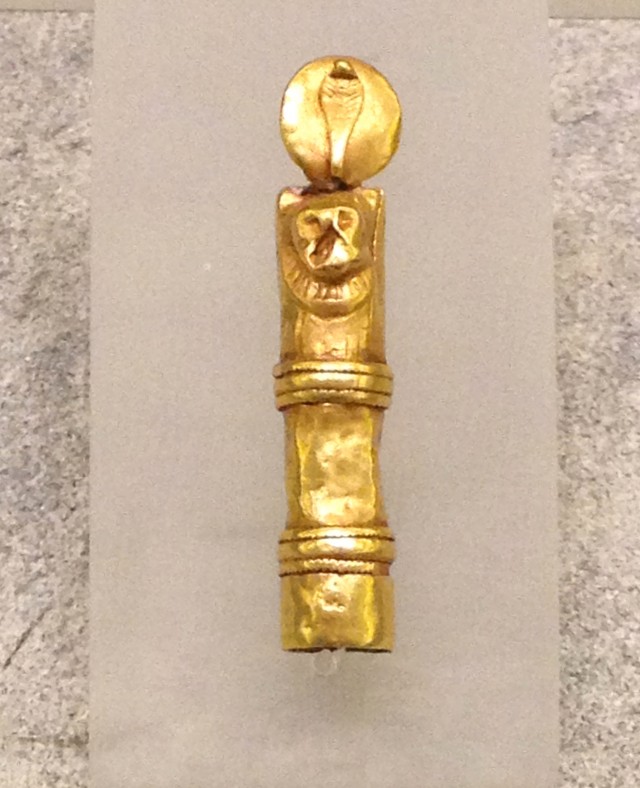
Beautiful Gold pendent represented Egyptcian Goddess Sekhmet

Amulets with Tanit
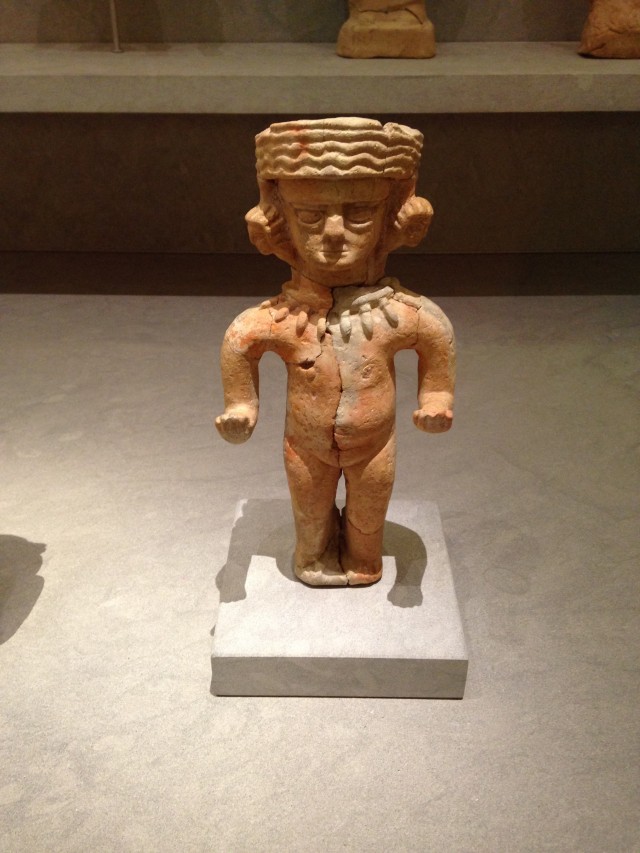
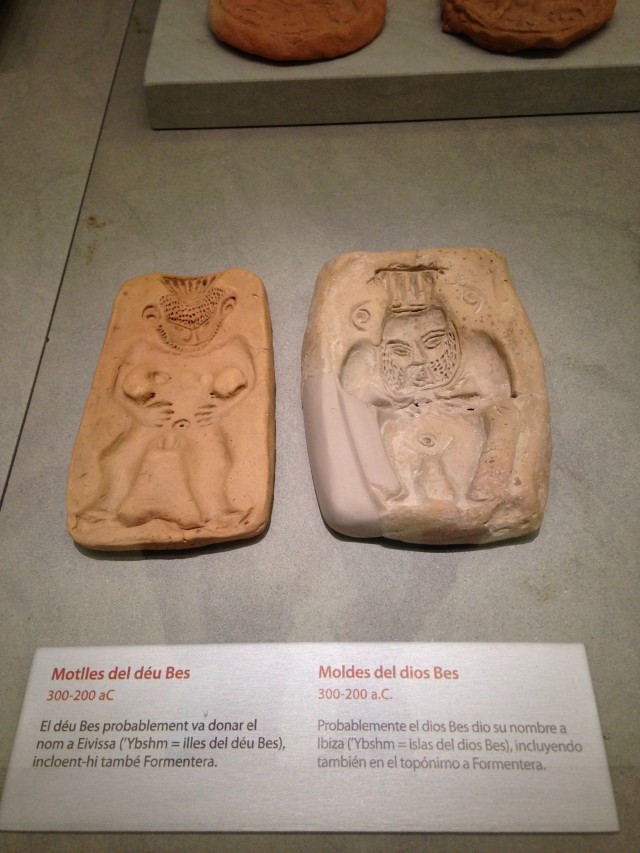
The God Bes
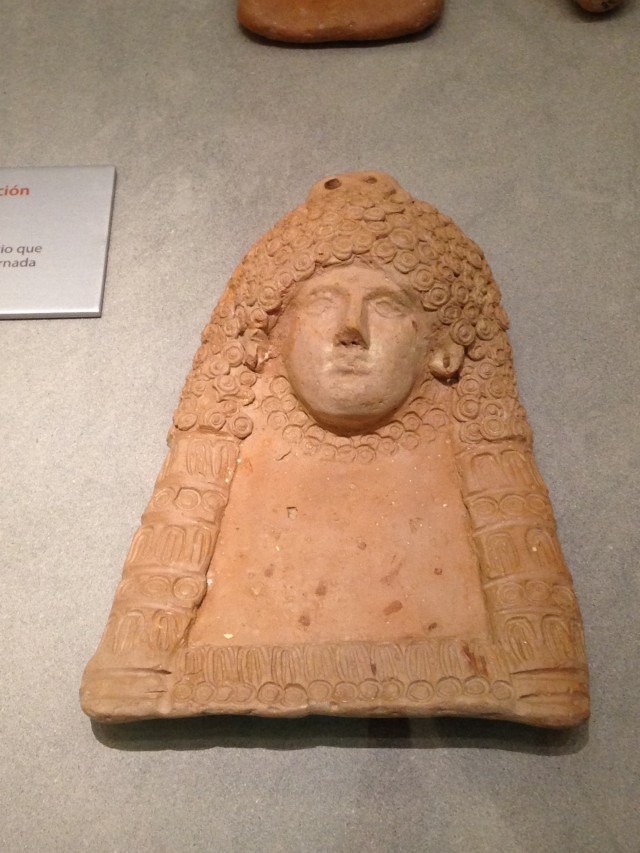
Gilet- H&M limited edition, Vets from Hippodrome, Leggings- Zara, Boots from Hippodrome, Hat from Florence

